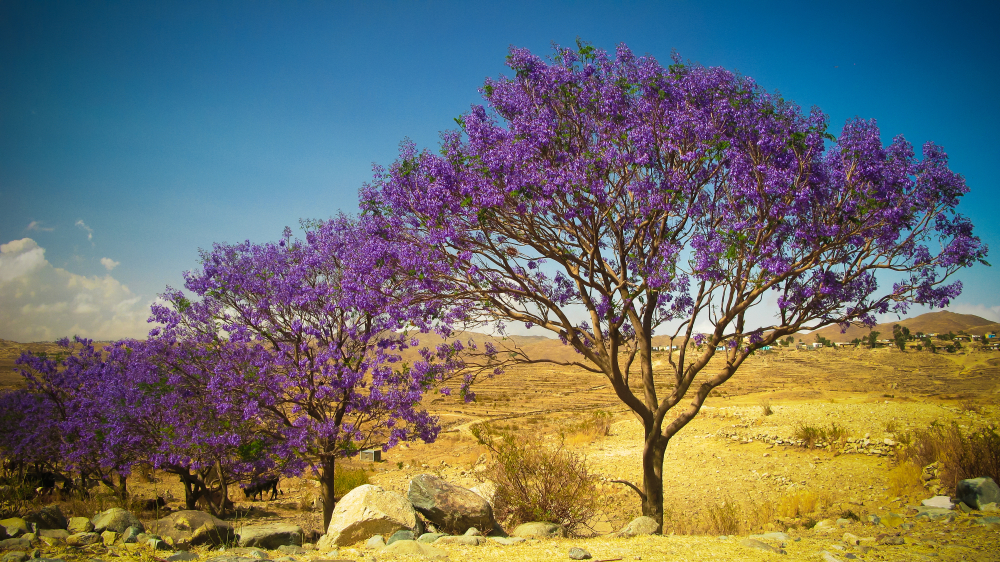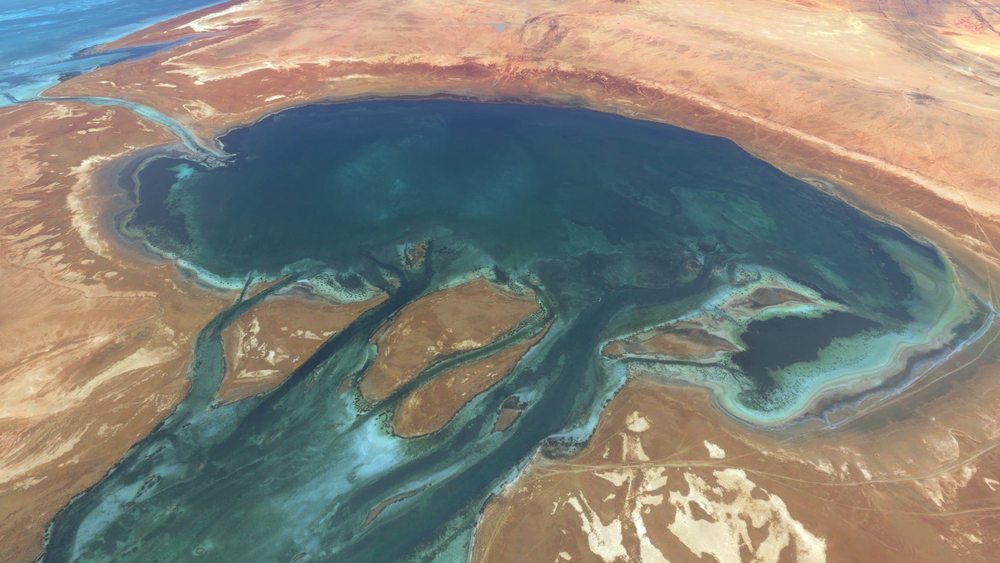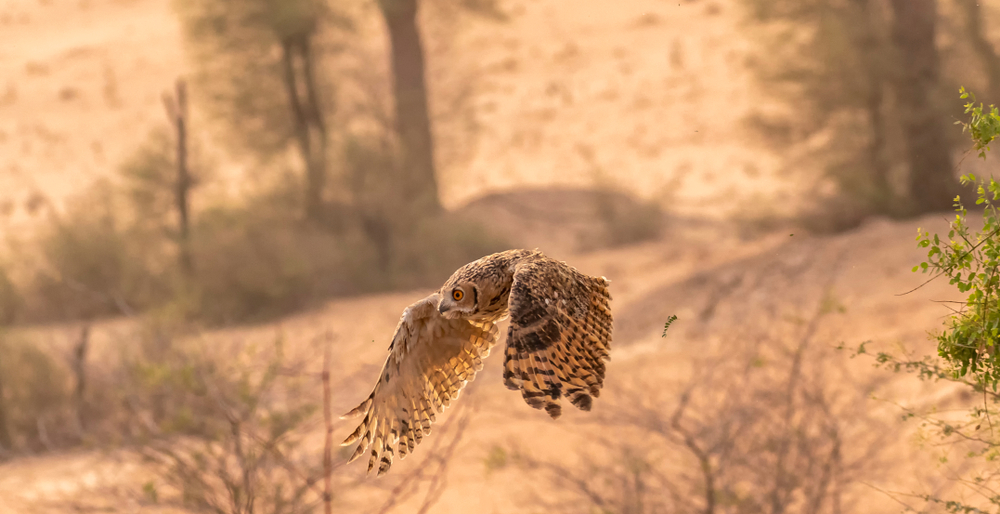Eritrea, located in the Horn of Africa, is known for its diverse landscapes, ranging from arid deserts and rugged mountains to lush coastal plains and pristine marine environments. The country’s national parks play a crucial role in protecting its unique biodiversity and natural heritage. Among Eritrea’s national parks, Semenawi Bahri National Park, Dahlak Marine National Park are the only two national parks at this time and each is a stand out as key conservation areas showcasing distinct ecosystems and wildlife.
Semenawi Bahri National Park, situated in the highlands, offers a remarkable blend of mountainous terrain, valleys, and forested areas. The park is home to a variety of plant and animal species, including endemic wildlife such as the Eritrean gazelle and the Abyssinian hare. Its rich biodiversity is complemented by its cultural significance, as the area is dotted with historical sites and traditional villages. However, the park faces challenges from deforestation and overgrazing, which threaten its ecosystems. Conservation efforts are focused on reforestation and community-based initiatives to balance human activity with ecological preservation.
Dahlak Marine National Park, located in the Dahlak Archipelago along the Red Sea, is a marine sanctuary renowned for its coral reefs, mangroves, and seagrass beds. This park supports diverse marine life, including dolphins, dugongs, and a wide variety of fish and bird species. Its pristine waters attract eco-tourists and divers, making it a vital area for sustainable tourism. While relatively well-preserved, the park faces threats from overfishing and climate change, which impact its delicate marine ecosystems. Collaborative conservation projects are underway to protect its biodiversity and promote eco-friendly tourism practices.
Gash-Setit National Reserve, in the western lowlands, is characterized by its savanna landscapes, acacia woodlands, and seasonal rivers. This reserve is an important refuge for wildlife such as elephants, giraffes, and antelopes. Its proximity to human settlements has led to habitat fragmentation and human-wildlife conflicts, but efforts to involve local communities in conservation activities have shown promise. Programs focused on mitigating conflicts and protecting key habitats aim to ensure the survival of its wildlife.
Eritrea’s national parks face significant conservation challenges, including habitat degradation, resource extraction, and the effects of climate change. Limited resources and infrastructure also pose barriers to effective management and enforcement. However, there have been notable successes in certain areas, particularly through community engagement and international partnerships. Initiatives aimed at restoring habitats, protecting marine and terrestrial species, and promoting eco-tourism have contributed to the gradual improvement of conservation outcomes.
The national parks of Eritrea are vital for preserving the country’s ecological diversity and cultural heritage. They offer a glimpse into the natural beauty and biodiversity of the Horn of Africa while serving as key areas for conservation and sustainable development. Protecting these parks is essential not only for Eritrea’s environmental future but also for fostering global efforts to safeguard the planet’s natural ecosystems.












































































